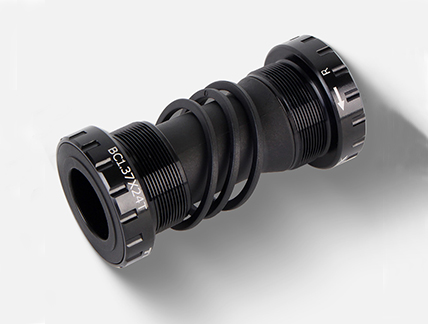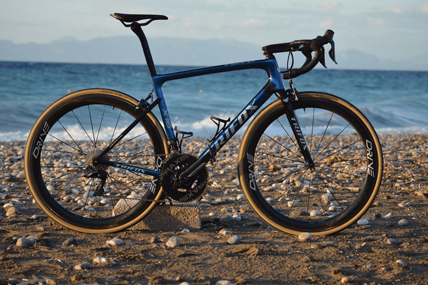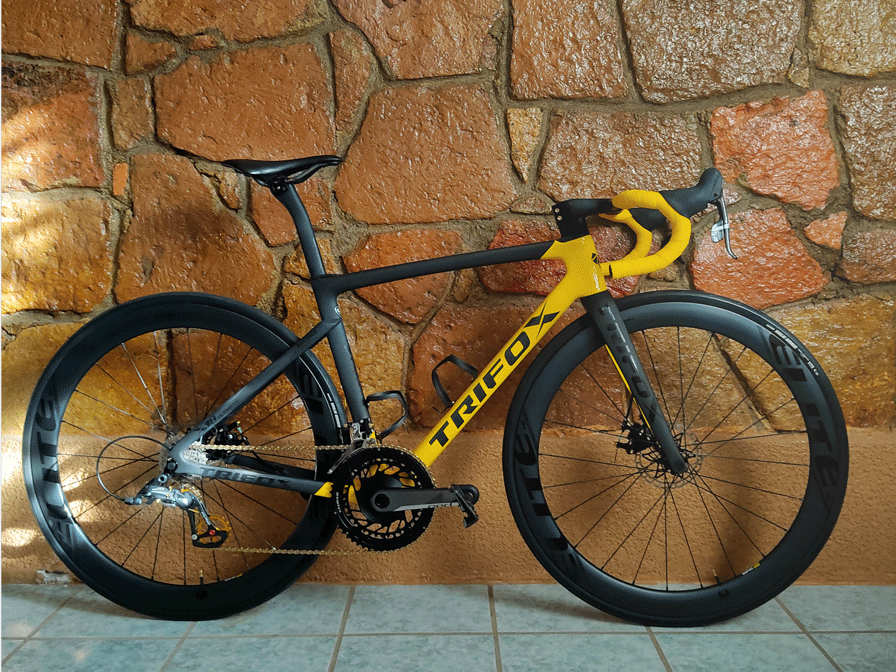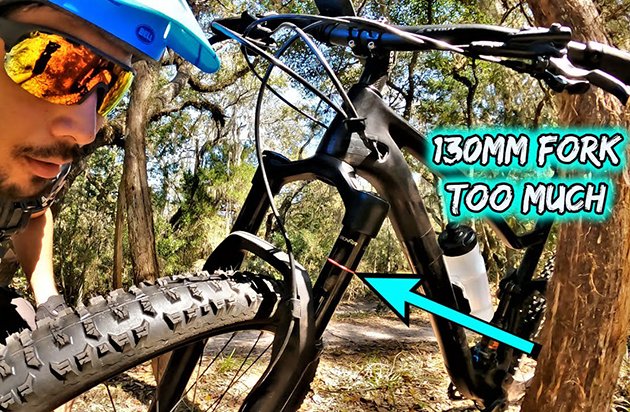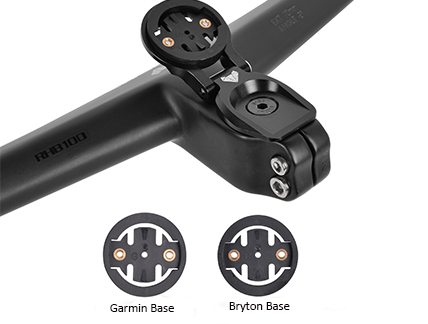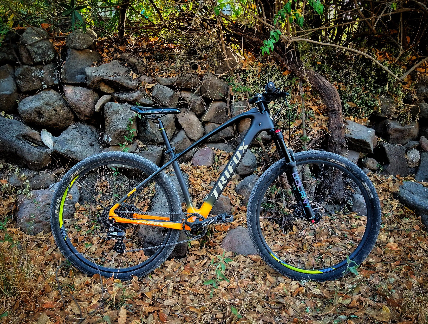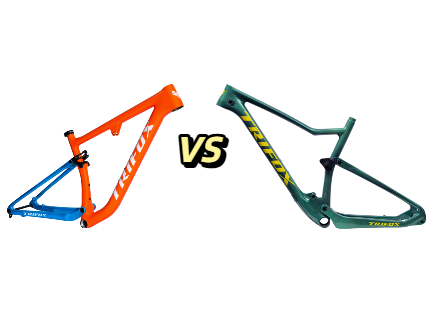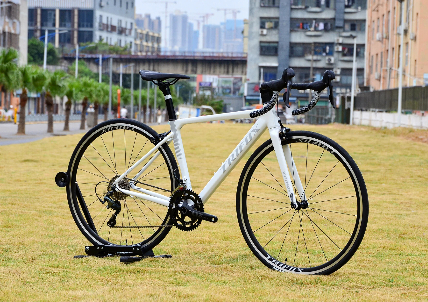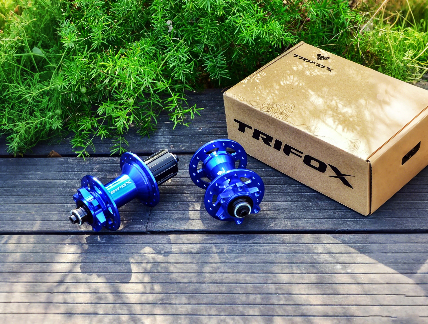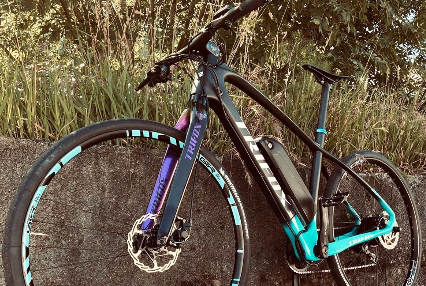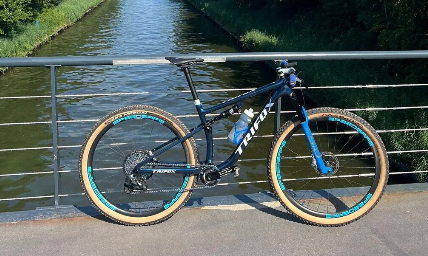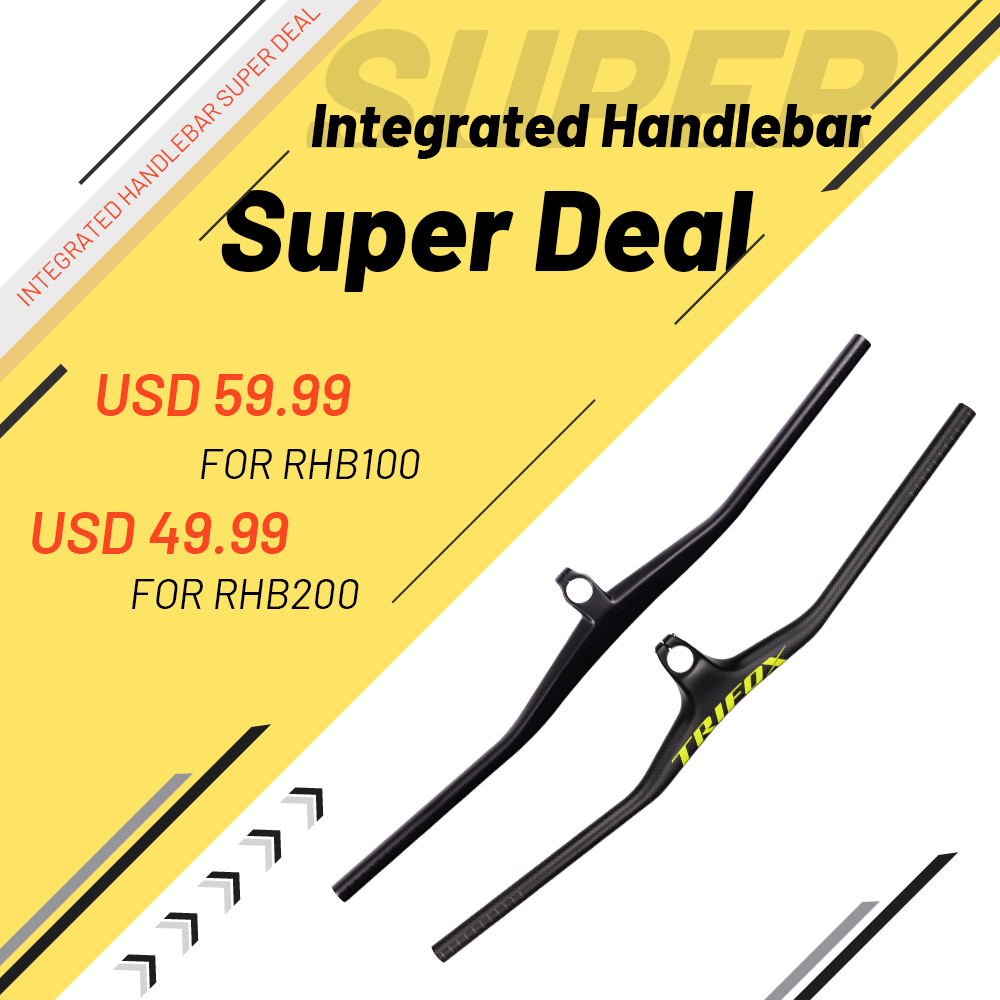Dreaming of effortless climbs and responsive sprints? A lightweight road bike unlocks that exhilarating ride. But with countless options, choosing "the one" can feel overwhelming. Let’s break down the key factors to find your perfect featherweight steed:
1. Frame Material: The Core of Lightness
- Carbon Fiber (King of Light): The go-to for serious weight savings. Offers an exceptional strength-to-weight ratio, vibration damping, and aerodynamic shaping. High-modulus carbon delivers the ultimate lightness and stiffness (like the Trifox Carbon Fiber Ultra-Light Road Bicycle). Consider frame grade (T700, T800, T1000) – higher usually means lighter/stiffer but pricier.
- Aluminum: A great value option. Modern hydroformed alloys are surprisingly light and stiff, though often slightly heavier and harsher than carbon. Ideal for budget-conscious riders wanting performance.
- Titanium: Luxuriously smooth, corrosion-resistant, and reasonably light, but typically heavier than top carbon and significantly more expensive. A niche, durable choice.
- Steel: Beloved for its classic ride quality (smooth, compliant), but generally the heaviest option. Modern alloys are lighter, but rarely compete on pure weight.
2. Components: Where Grams Add Up
Lightweight frames need lightweight partners:
- Groupset: Higher-tier groupsets (Shimano Ultegra/Dura-Ace, SRAM Force/Red, Campagnolo Chorus/Record/Super Record) use more carbon fiber, titanium, and advanced alloys to shed grams. Focus on the drivetrain (crankset, derailleurs, cassette) and brakes.
- Wheelset: This is CRUCIAL! Lightweight carbon wheels make a massive difference in acceleration and climbing. Look for low rim weights and consider aerodynamic profiles too. Quality hubs (sealed bearings) ensure smooth rolling.
- Cockpit & Finishing Kit: Carbon handlebars, seatposts, and saddles contribute noticeable savings. Every gram counts!
3. Geometry & Fit: Light AND Right
A super-light bike is useless if it doesn’t fit! Consider:
- Riding Style: Race geometry is aggressive (low, stretched). Endurance geometry is more relaxed (taller headtube, shorter reach) for comfort on long rides. Choose what suits your goals.
- Professional Sizing: Don't guess! Get a professional bike fit or at least use sizing charts meticulously. The right size ensures efficiency, power transfer, comfort, and prevents injury.
4. Balancing Priorities: Weight vs. Everything Else
- Budget: Lightweight comes at a premium, especially carbon fiber and top components. Set a realistic budget. Sometimes, a slightly heavier frame with better wheels/components is smarter than the lightest frame with budget parts.
- Ride Quality: Ultra-stiff frames/wheels can feel harsh. Look for frames designed with compliance (like specific carbon layups) if comfort is key.
- Durability: Ensure the lightweight construction doesn't sacrifice reliability, especially for wheels and critical components.
Putting it Together: Your Checklist
1. Set Your Budget: Be realistic.
2. Prioritize Frame Material: Carbon is the lightweight benchmark.
3. Focus on Wheels: Allocate a significant part of your budget here.
4. Choose Appropriate Groupset Tier: Match performance level and weight goals.
5. Get the RIGHT SIZE & Geometry: Non-negotiable for performance and comfort.
6. Consider Finishing Kit: Carbon bars/seatpost for final tuning.
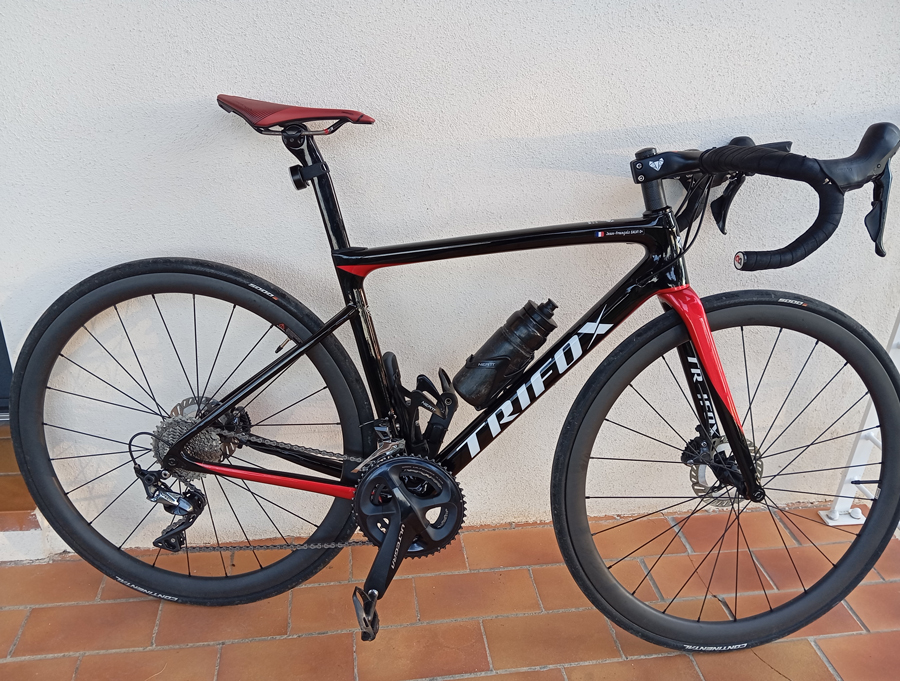
For riders seeking the pinnacle of carbon engineering focused on minimal weight without sacrificing stiffness, explore dedicated ultra-light platforms.
The Trifox 700c Carbon Fiber Ultra-Light Road Bicycle exemplifies this pursuit, showcasing how high-modulus carbon creates a responsive, agile machine built for conquering climbs and accelerating with ease. Remember, the perfect lightweight bike is the one that fits you perfectly and brings a smile to your face on every ride!






























































